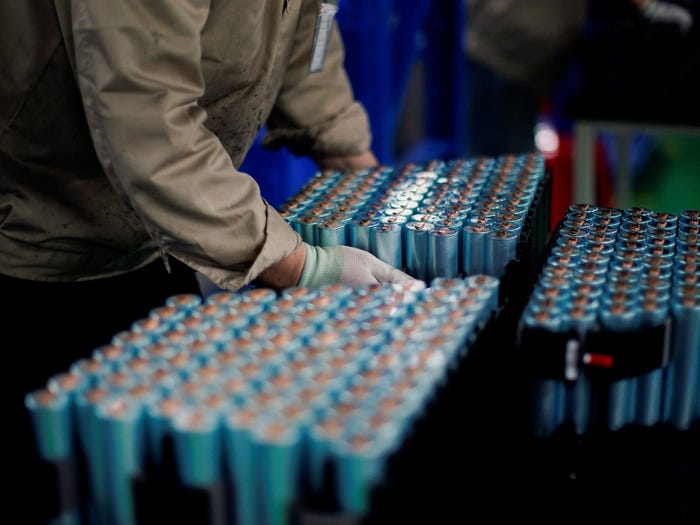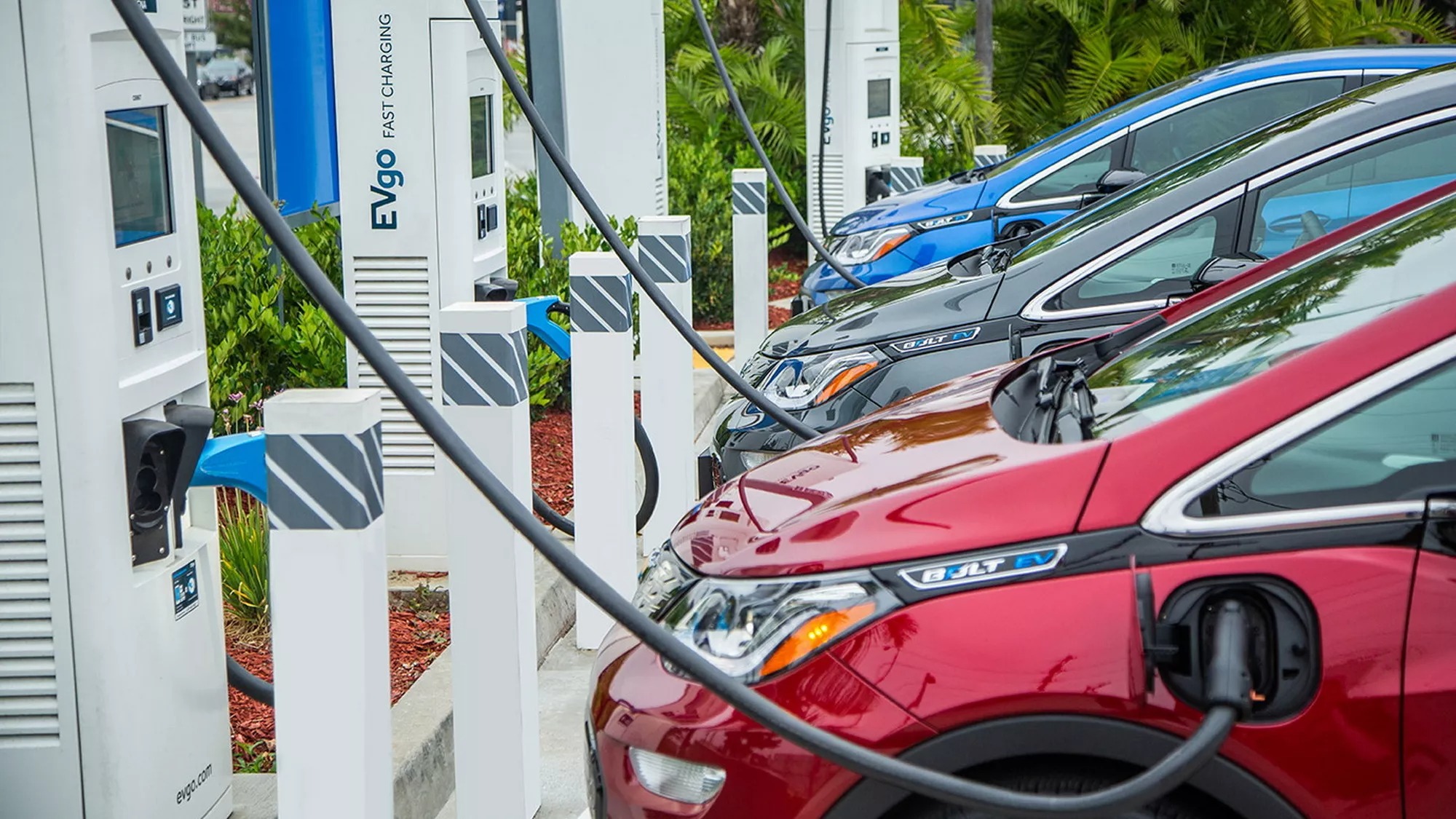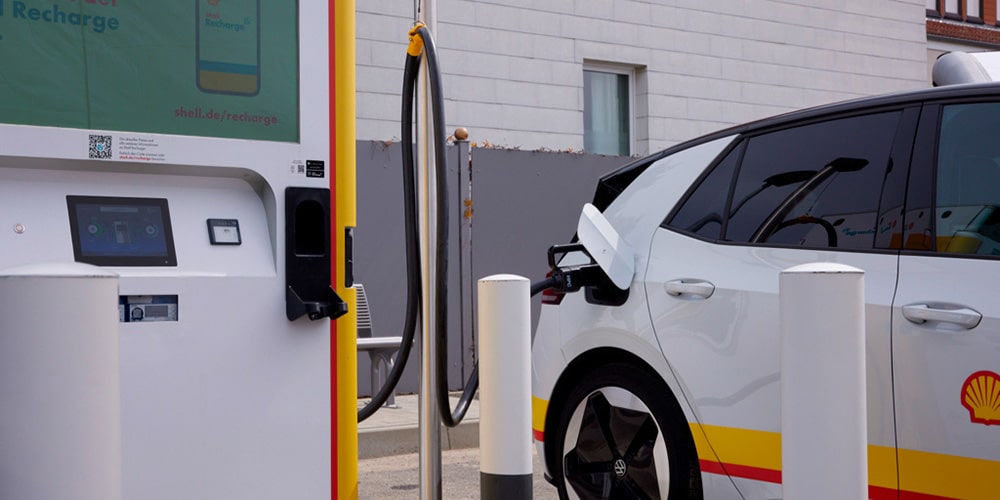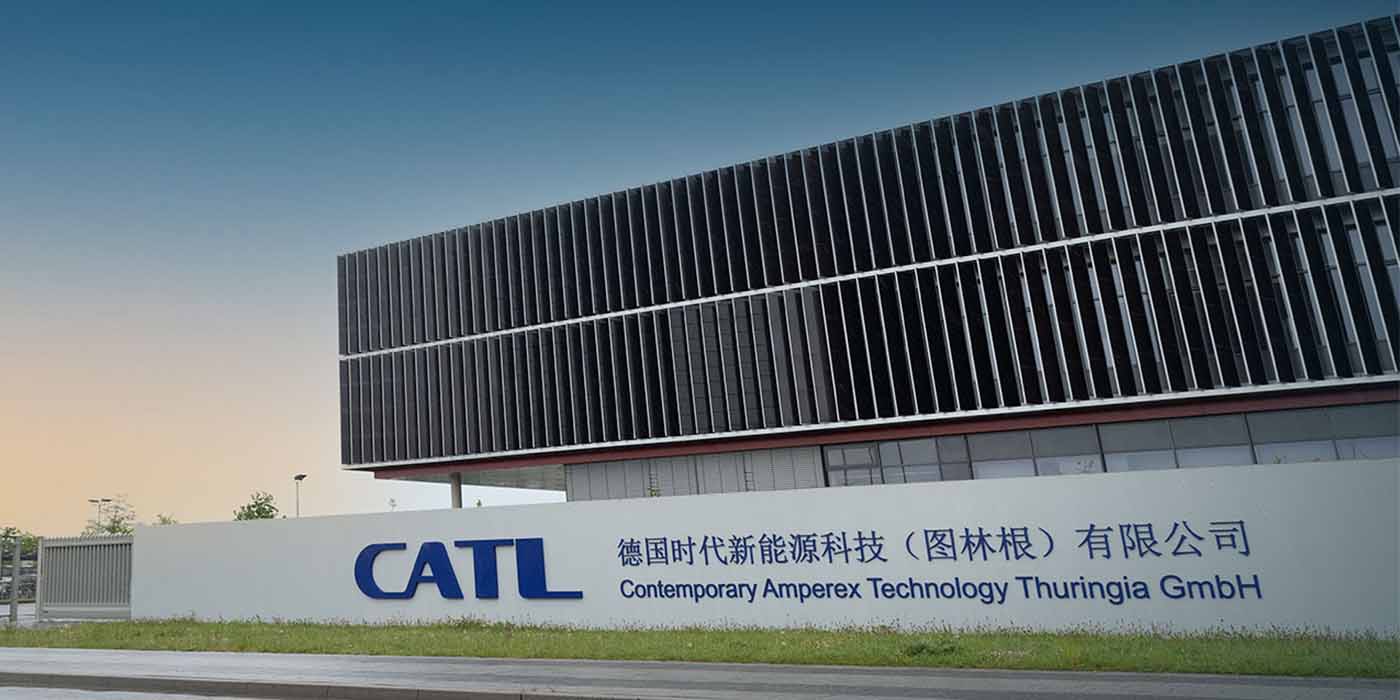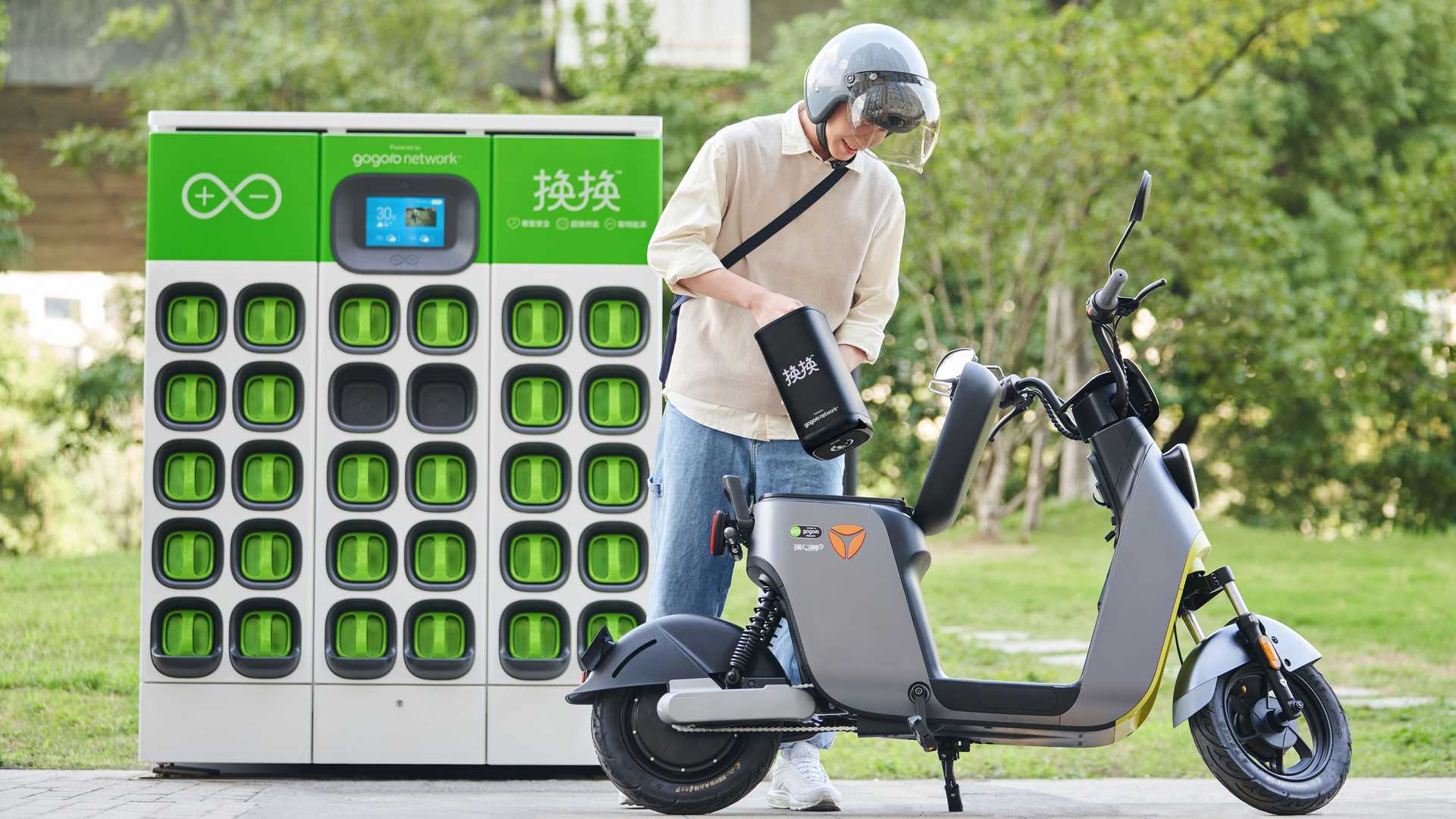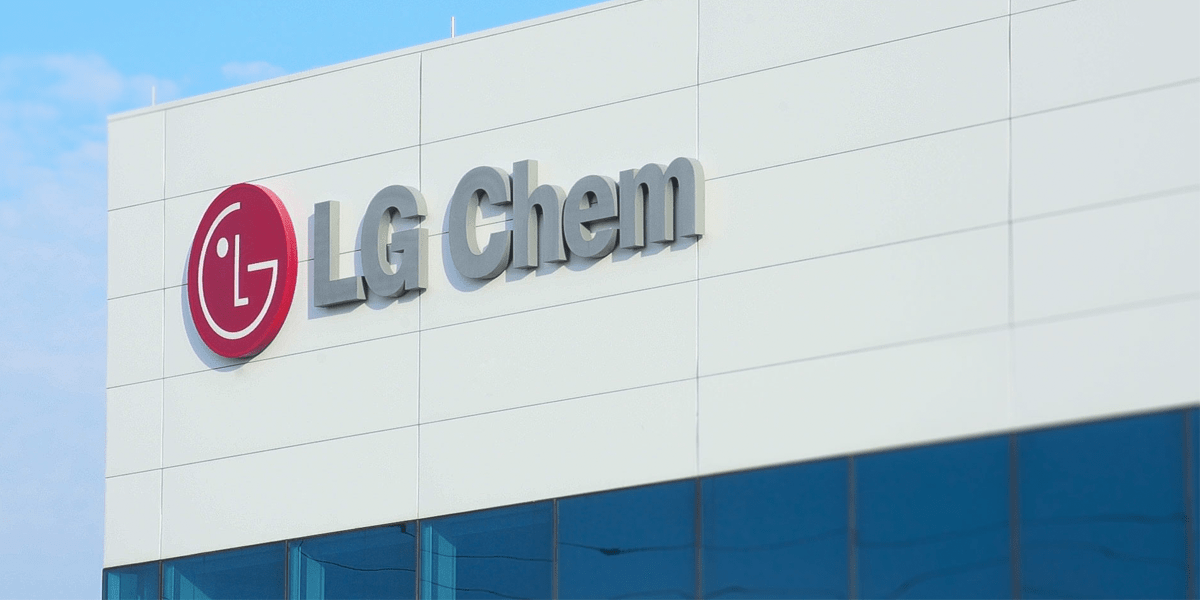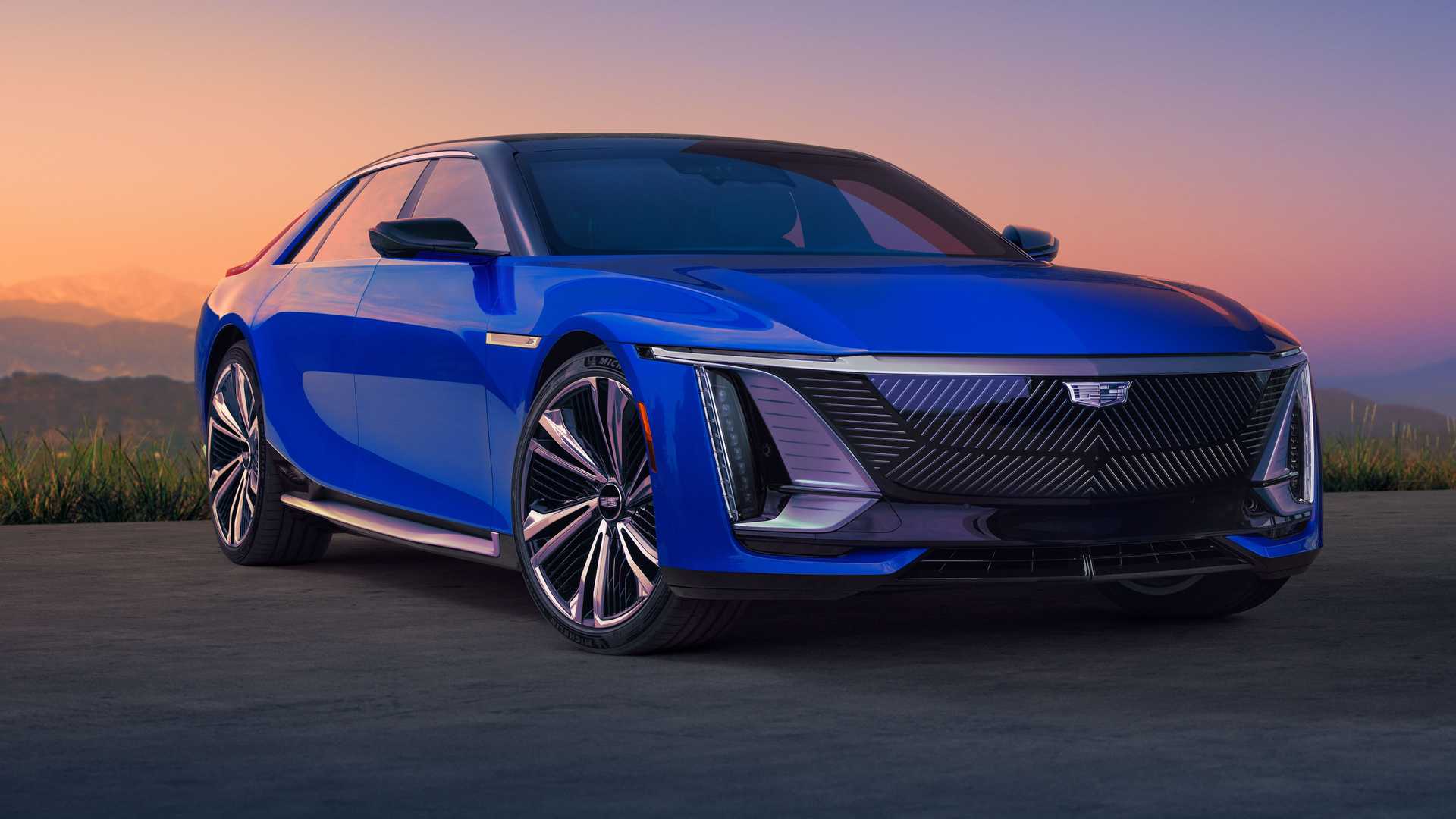In the realm of electric vehicle (EV) batteries, lithium-ion cells have reigned as the gold standard. However, researchers at the U.S. Department of Energy have been exploring alternative chemistries that offer even greater energy density, and recent findings on lithium metal technology could mark a significant breakthrough.
Compared to lithium-ion batteries currently powering the longest-range EVs, alternative chemistries like lithium metal have the potential to provide up to twice the energy density. This advancement holds the promise of smaller, lighter battery packs, resulting in enhanced efficiency and increased travel distances for EVs.
See also: How Long Can Electric Vehicle Batteries Last?
Nonetheless, a major challenge with lithium metal batteries lies in their limited ability to maintain high energy density over time. During charge and discharge cycles, their performance deteriorates, ultimately eroding the impressive density after fewer than one hundred cycles, which poses a significant concern for EV drivers.
Addressing this issue, a team of researchers led by Zhengcheng (John) Zhang from the Chemical Sciences and Engineering division at the Argonne National Laboratory has developed a promising approach by leveraging fluoride—an ingredient commonly found in toothpaste for enamel strengthening—to extend the lifespan of lithium metal batteries.
These batteries differ from their lithium-ion counterparts in that their negative electrode (anode) consists of lithium instead of graphite. Within the battery, lithium ions traverse between the anode and cathode through an electrolytic liquid. Traditional electrolytes, composed of solvents and lithium-containing salts, fail to form a sufficiently protective layer on the anode, leading to rapid degradation.
The research team’s solution involved substituting fluorine for hydrogen atoms in the ring-like structure of the cation portion of the ionic liquid present in the electrolyte. This innovative adjustment proved instrumental in maintaining high performance over hundreds of cycles within a test lithium metal cell.
See also: 3 Ways to Extend the Lifespan of Your New Hybrid Battery
By utilizing a high-resolution electron microscope, the researchers meticulously fine-tuned the ratios to create an ideal protective layer. Encouragingly, the new electrolytic liquid is easily manufacturable, making it cost-effective, while also requiring significantly less solvent than traditional alternatives, thereby contributing to its environmental friendliness.
“The substitution of fluorine for hydrogen atoms in the ionic liquid’s cation structure was the key differentiator in our novel electrolyte,” explained Zhang. “This crucial modification enabled the maintenance of high performance for an extended duration in lithium metal cells during testing.”
Zhang emphasized the potential impact of lithium metal batteries equipped with their fluorinated cation electrolyte, asserting that they could significantly propel the electric vehicle industry forward. Moreover, the value of this electrolyte extends beyond lithium-ion batteries, presenting opportunities for various advanced battery systems.
See also: Tesla may get into the lithium mining and refining business directly
As the research team’s findings pave the way for more durable and long-lasting lithium metal batteries, the electric vehicle industry eagerly anticipates the positive implications for improved driving ranges, enhanced efficiency, and ultimately, the acceleration of sustainable transportation.

